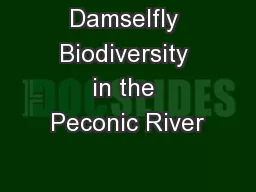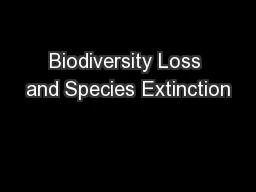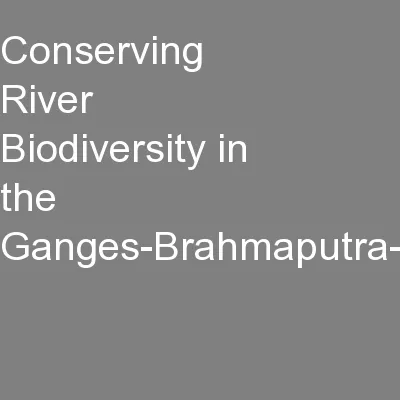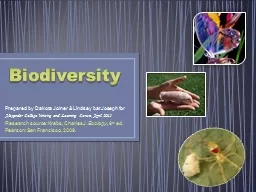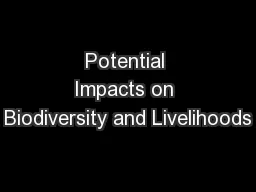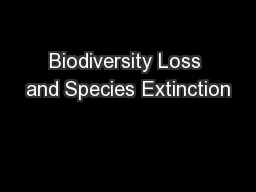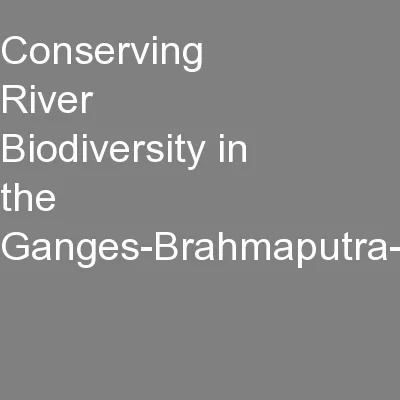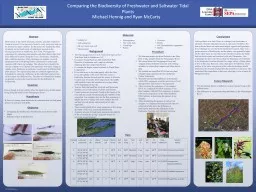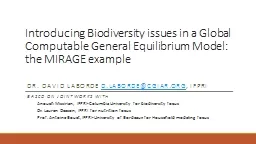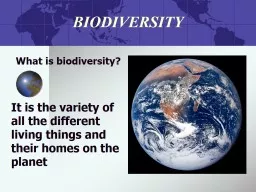PPT-Damselfly Biodiversity in the Peconic River
Author : lois-ondreau | Published Date : 2018-03-21
Briannan Green Kylie Harrison Maheen Safian Andrew Serres Mentor Mr Robert Bolen Eastport South Manor JrSr High School Abstract This project was based on the objective
Presentation Embed Code
Download Presentation
Download Presentation The PPT/PDF document "Damselfly Biodiversity in the Peconic Ri..." is the property of its rightful owner. Permission is granted to download and print the materials on this website for personal, non-commercial use only, and to display it on your personal computer provided you do not modify the materials and that you retain all copyright notices contained in the materials. By downloading content from our website, you accept the terms of this agreement.
Damselfly Biodiversity in the Peconic River: Transcript
Download Rules Of Document
"Damselfly Biodiversity in the Peconic River"The content belongs to its owner. You may download and print it for personal use, without modification, and keep all copyright notices. By downloading, you agree to these terms.
Related Documents

